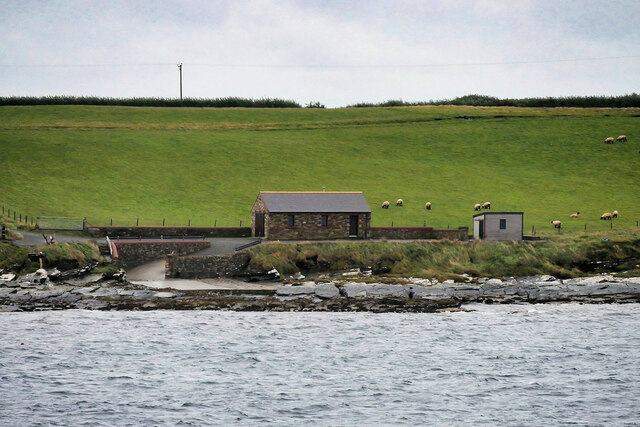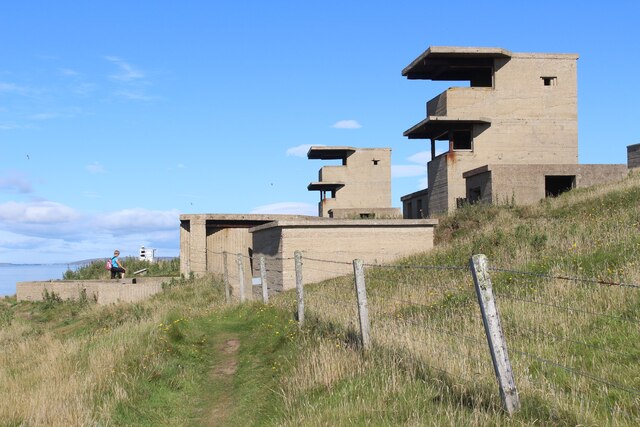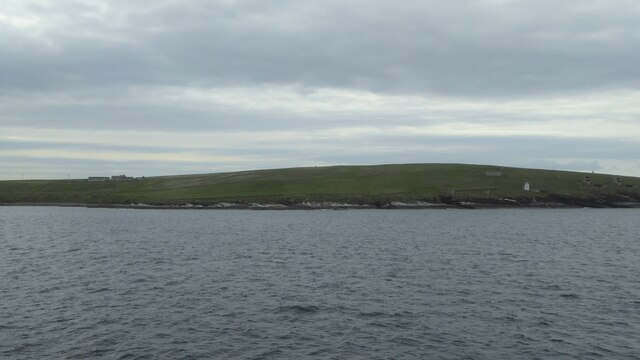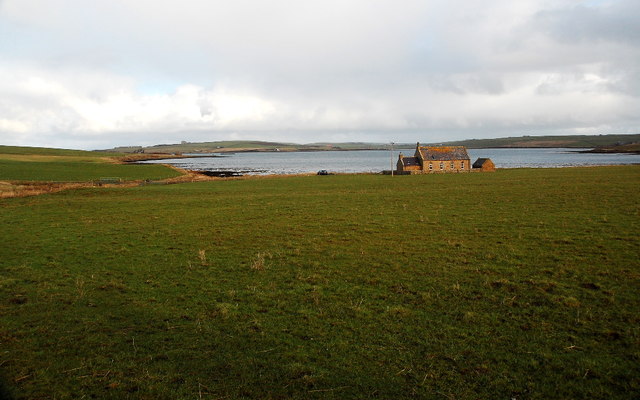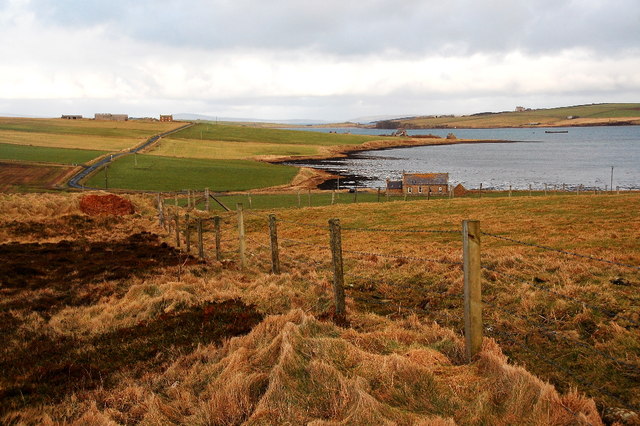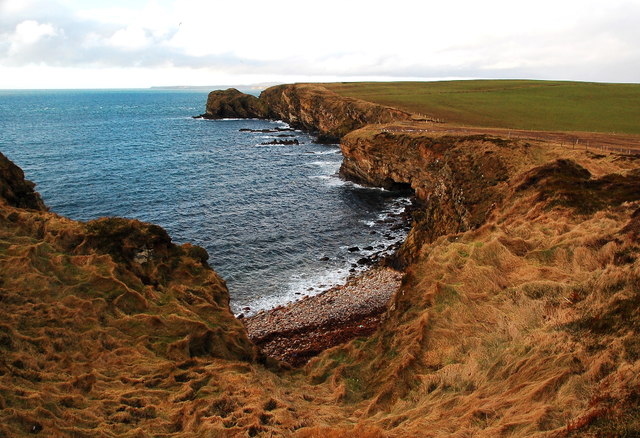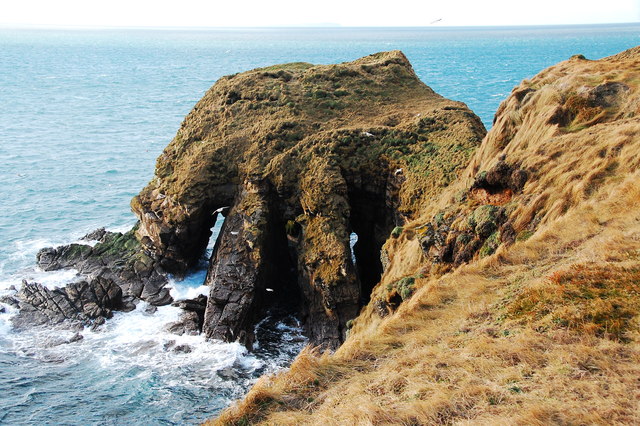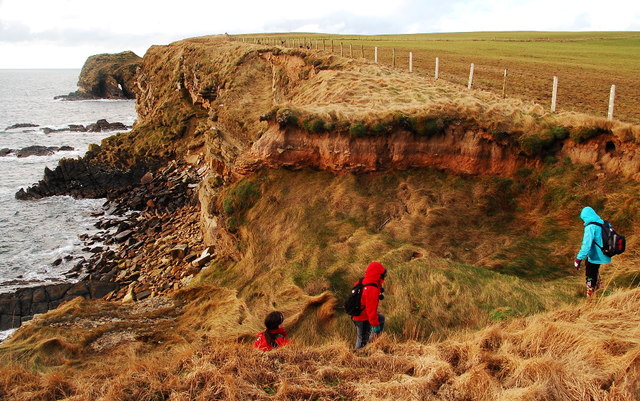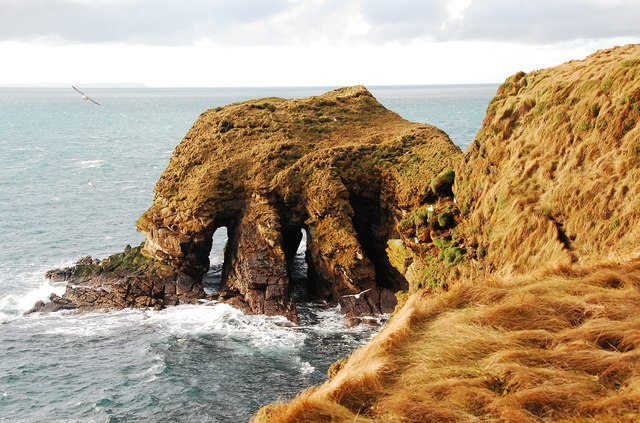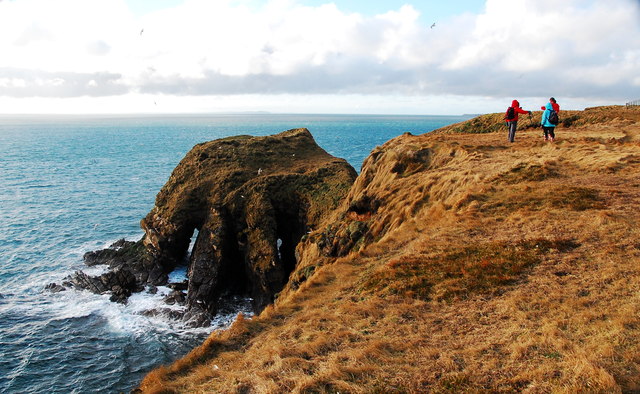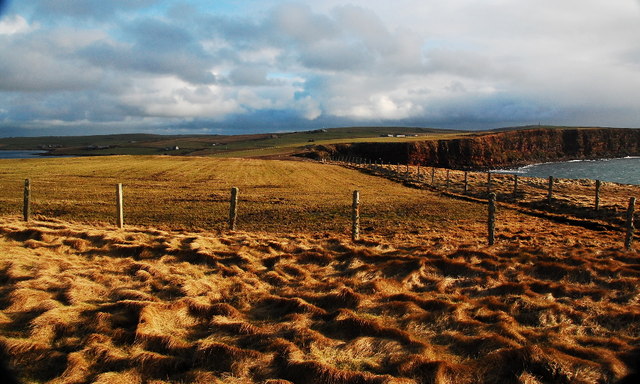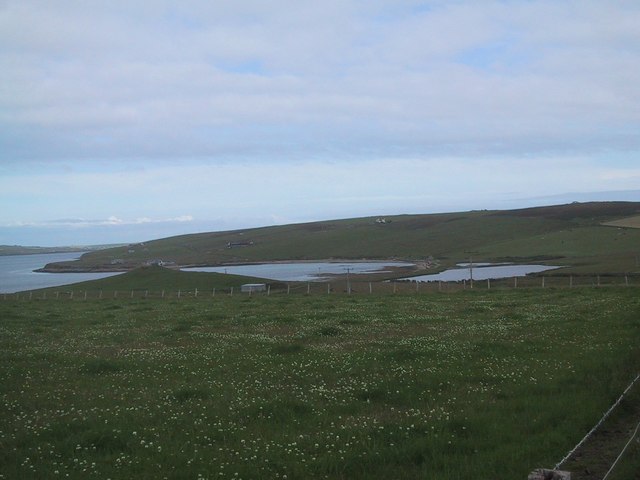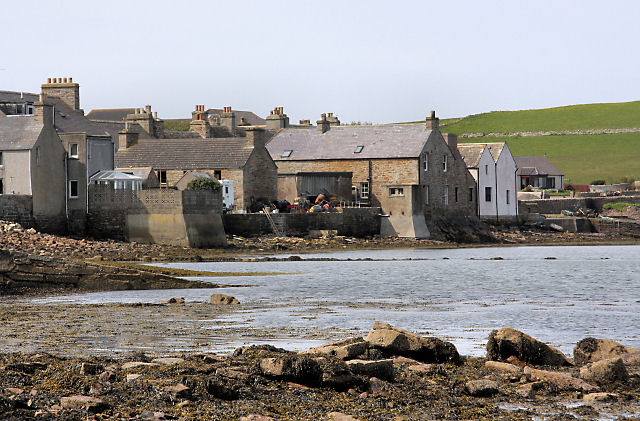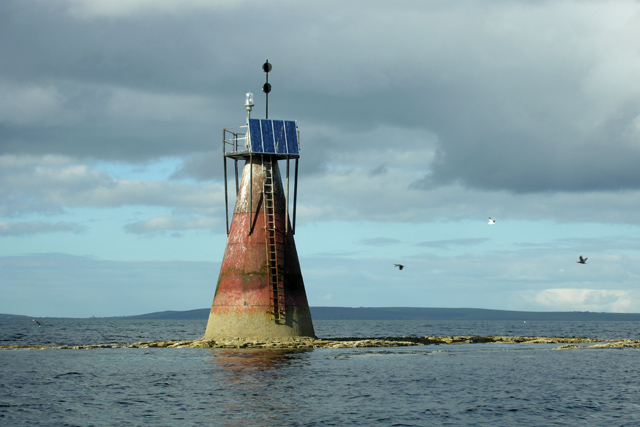Niggle Point
Coastal Feature, Headland, Point in Orkney
Scotland
Niggle Point
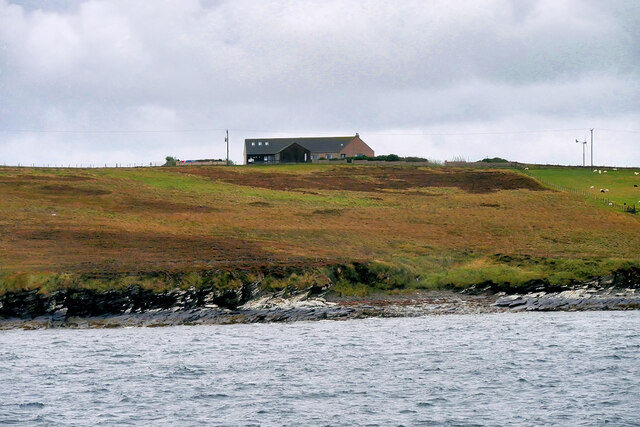
Niggle Point is a prominent coastal feature located on the mainland of Orkney, an archipelago situated off the northeastern coast of Scotland. It is a headland that extends into the North Sea, forming a distinct point that offers breathtaking views of the surrounding coastline.
The point is characterized by its rugged and rocky terrain, with steep cliffs that plunge into the sea below. These cliffs are composed of sandstone and shale, displaying layers of sedimentary rocks that bear witness to the geological history of the region.
Niggle Point is also known for its diverse wildlife, with several species of seabirds inhabiting its cliffs and nesting on its ledges. Visitors to the area can often spot colonies of puffins, fulmars, guillemots, and kittiwakes, among others. The point is a designated nature reserve, offering protection to these birds and their nesting habitats.
The coastal waters around Niggle Point are rich in marine life, making it a popular spot for fishing enthusiasts. Anglers can often be seen casting their lines from the rocky shoreline, hoping to catch species such as cod, haddock, and mackerel.
In addition to its natural beauty, Niggle Point holds historical significance. The remains of a Viking settlement can be found nearby, adding an element of intrigue and cultural interest to the area. Archaeological excavations have uncovered artifacts and structures dating back to the Norse occupation of Orkney, providing valuable insights into the island's past.
Overall, Niggle Point is a captivating coastal feature that offers a blend of natural splendor, wildlife diversity, and historical significance. Its striking cliffs, abundant birdlife, and fishing opportunities make it a must-visit destination for nature enthusiasts and history buffs alike.
If you have any feedback on the listing, please let us know in the comments section below.
Niggle Point Images
Images are sourced within 2km of 58.812824/-3.0145515 or Grid Reference ND4192. Thanks to Geograph Open Source API. All images are credited.
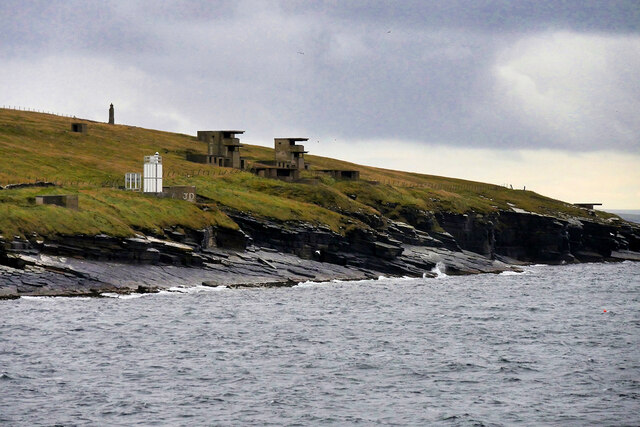
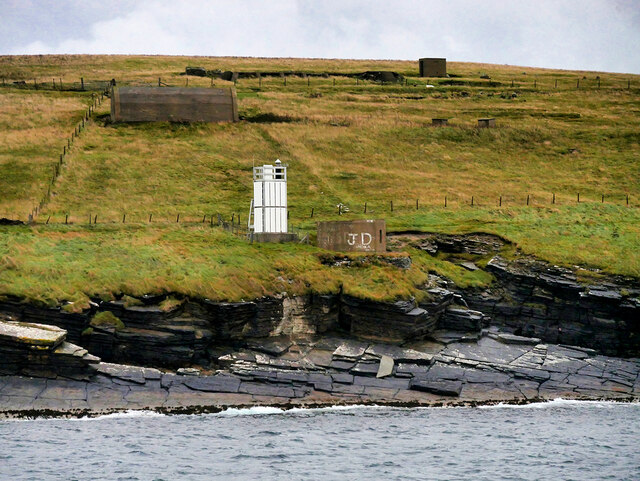
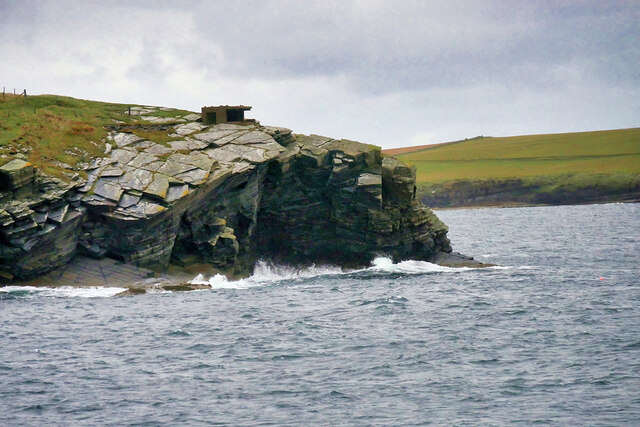
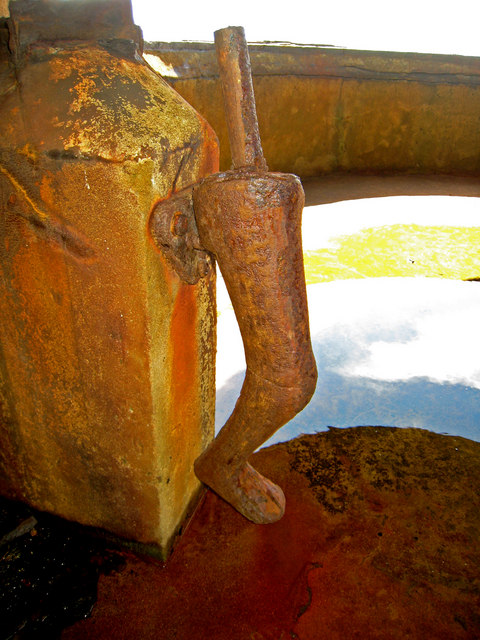
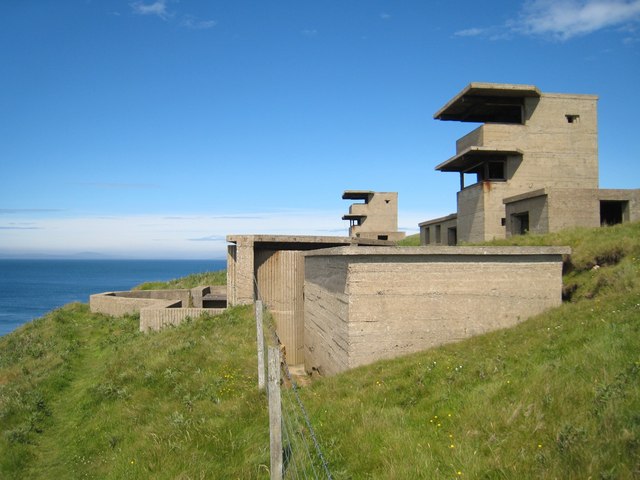
Niggle Point is located at Grid Ref: ND4192 (Lat: 58.812824, Lng: -3.0145515)
Unitary Authority: Orkney Islands
Police Authority: Highlands and Islands
What 3 Words
///shining.choice.factually. Near St Margaret's Hope, Orkney Islands
Nearby Locations
Related Wikis
Herston, Orkney
Herston is a village on South Ronaldsay, Orkney, Scotland, United Kingdom. Herston is historically a fishing village but its only industry to speak of...
Hoxa, Orkney
Hoxa is a small settlement on the island of South Ronaldsay in the Orkney Islands north of mainland Scotland. Hoxa is located 1+1⁄4 miles (2.0 km) west...
St Margaret's Hope
St Margaret's Hope is a village in the Orkney Islands, off the north coast of Scotland. It is known locally as The Hope or The Hup. With a population...
Nevi Skerry
Nevi Skerry is a skerry situated in Scapa Flow in the Orkney Islands. The skerry is situated approximately 1 km (0.62 mi) east of Flotta and approximately...
South Ronaldsay
South Ronaldsay (, also , Scots: Sooth Ronalshee) is one of the Orkney Islands off the north coast of Scotland. It is linked to the Orkney Mainland by...
Hunda
Hunda is an uninhabited island in the Orkney archipelago in Scotland. It is 100 hectares (0.39 sq mi) in extent and rises to 42 metres (138 ft) above sea...
Switha
Switha is a small uninhabited island towards the south of Orkney, Scotland, approximately 41 hectares in area. == Geography and geology == Switha lies...
Whome
Whome is the largest settlement on the Orkney island of Flotta, Scotland. The village is situated on the B9046, the main road across Flotta. Views from...
Nearby Amenities
Located within 500m of 58.812824,-3.0145515Have you been to Niggle Point?
Leave your review of Niggle Point below (or comments, questions and feedback).
